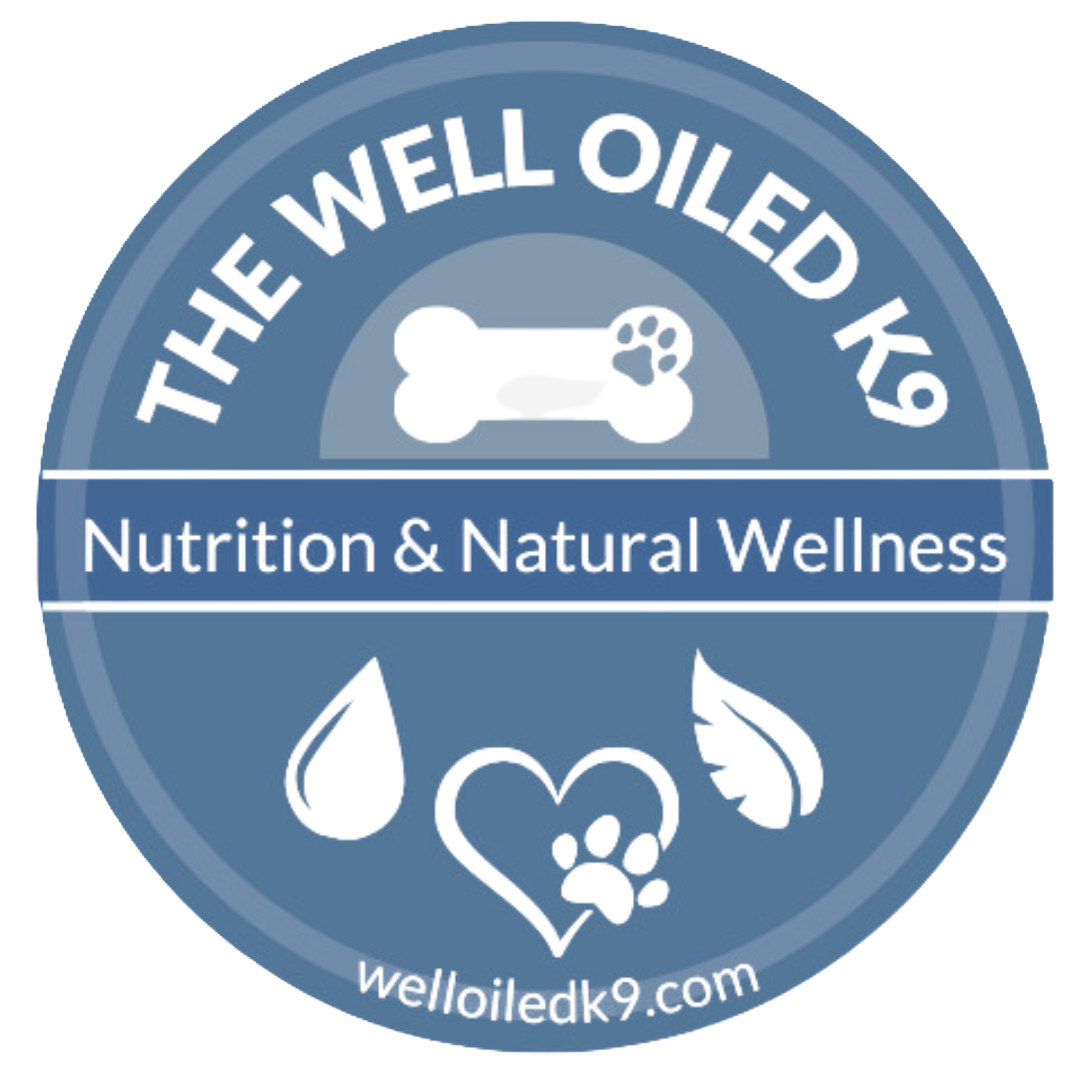Yeast Infections In Dogs
Often people will describe a dog with allergies when really we have an underlying yeast infection. It’s important to make sure we’re addressing the right issue.
Yeast is actually a fungus. The most common culprit is an overgrowth of Candida. Which is common in your dog’s gut. But if we have an absence of good bacteria in your dog’s gut — Candida may get out of control.
Fight Yeast Infections Naturally
Signs Of Yeast In Dogs
Dark reddish-tinged color on their feet or genitalia
Blackened skin with or without hair loss
Ear Infections, Head Shaking, Ear Scratching
Chewing, Licking, and Scratching especially in the above areas.
Greasy feeling fur and skin
Diarrhea
Seasonal Allergies
What’s feeding the yeast?
One of the first things of course to look at is food. Making sure you have a high quality, very low-carb, nutrient rich food with really good probiotics to improve overall gut health and the immune system.
Yeast loves sugar — so we need to significantly reduce carbohydrates from the equation.
Give Probiotics
As it relates to probiotics — it is often advisable to avoid fermented foods during the time you are trying to recover from a yeast infection. Fermented foods are great sources of probiotics in general (read our blog posts), but just not ideal when an overgrowth of Candida is already present. A good multi-faceted probiotic with strains that target your needs with large culture counts may serve you better.
In fact — doing a detox diet for 2-3 weeks to reset and reboot so to speak may be a really good idea! I can help you through that or try an elimination diet.
Immediate Relief For Yeast Issues In Dogs?
So of course one of the first things I turn to is essential oils. There are actually quite a few that can promote healthy skin: Thyme, Bergamot, Cardamon, Carrot, Cinnamon, Clove, Eucalyptus, Geranium, Lemongrass (to name a few). Make into a misting spray with Apple Cider Vinegar — dilute appropriately for your pet.
Apple Cider Vinegar offers antifungal properties to help restore your dog’s skin pH balance. Mix a 1:1 or 1:2 ratio of ACV to water. Moisten a cotton ball or cotton pad to clean the ears, or give your dog a good soak for a few minutes if the paws, legs or belly are affected. Avoid the eyes and any open wounds.
Tea Tree Essential Oil
Yes, I know this is hotly debated. But it will be fine with a high-quality, well-diluted essential oils. Dilute 1-2 drops in 1 tablespoon of coconut oil (also antifungal) or other carrier. If your dogs skin is too sensitive to touch, you can apply to the back flap of the ear or adjacent areas and the oils will still go where needed.
Note: Essential Oils should never be put directly into the ear canal.
Read More About Tea Tree For Animals.
Keep Things Dry
Yeast loves moisture — so keep the area dry. So this is not a time for ointments and salves — just the misting sprays from the ingredients above that will dry quickly and leave the topical benefits on the skin to do their work.
Other Yeast Factors:
As we have talked about many times in our FB group, other blog articles, etc environmental factors can play a role as well. This can be vaccinations, chemicals in your home & yard, quality of your water, quality of food, and even things like how your food is grown.
These environmental factors expose us to heavy metals that get stored in our bodies. Not all heavy metals are bad — think about the benefits of zinc on our immune system and iron on our blood! But others like lead and mercury can be dangerous and the body can’t remove them effectively. These heavy metals have been linked to brain health issues and cancer.
These factors contribute to something called Heavy Metal Toxicity. This can lead to another issue called oxidative stress. We’re all exposed to it. And we should be concerned enough about these topics to start taking action to improve our health. Cleaning up your environment and products as much as possible is a healthy improvement for everyone.
These issues are another good reason to detox your dog (and maybe yourself!) I discuss this process with my clients based on essential oils, homeopathy, nutrition, and products that may be ones to consider replacing.
Be sure to Read More on Our Nutrition Blog and Essential Oils Blog.
Try Dr. Conor Brady’s new product: Yeast Defeat
I have a Yeast Troubleshooting Guide available,

